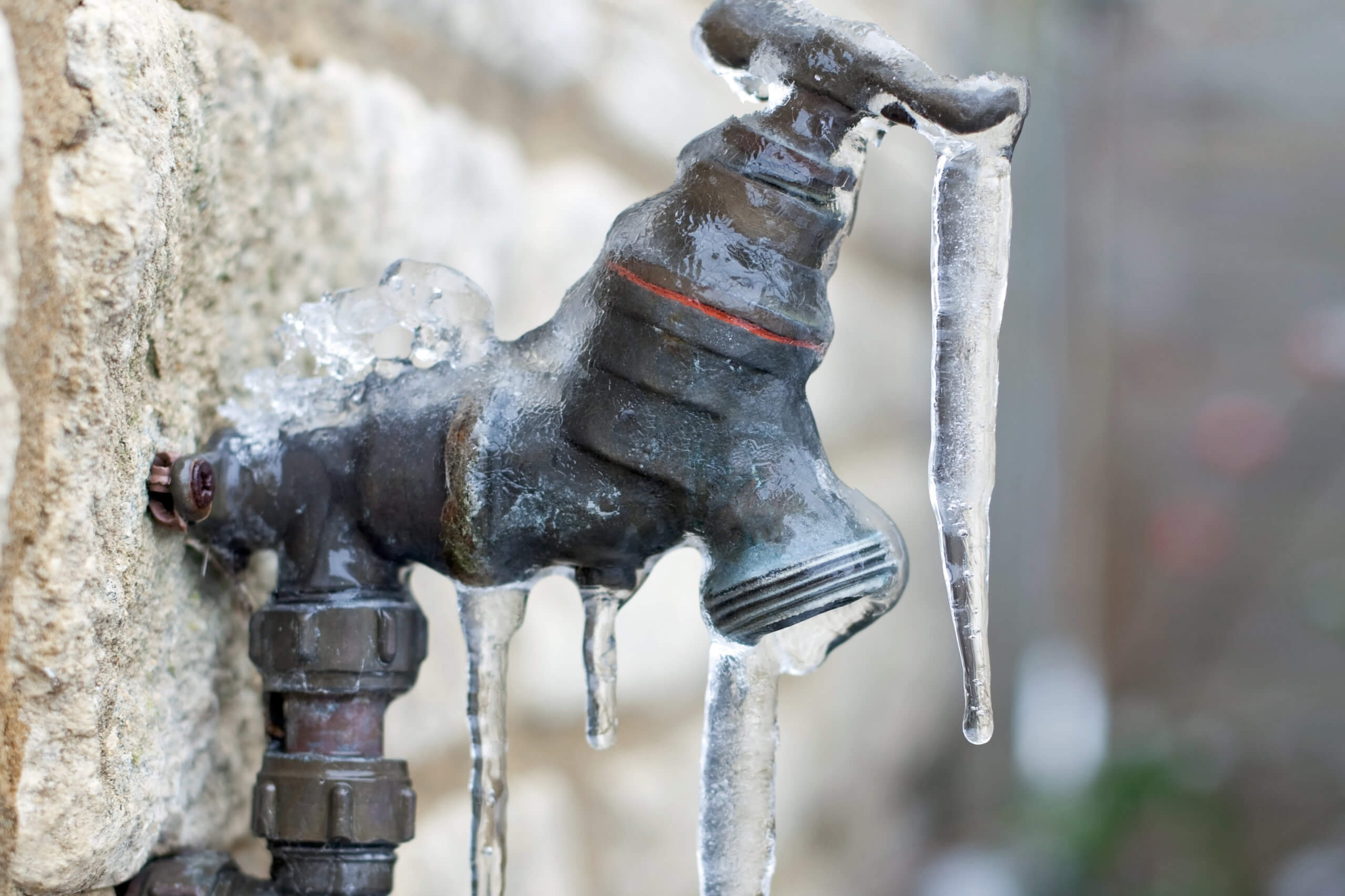Prevent Frozen Pipes in Winter: Expert Strategies
Prevent Frozen Pipes in Winter: Expert Strategies
Blog Article
On this page further down you can find some decent news involving 6 Ways to Prevent Frozen Pipes.

Cold weather can ruin your plumbing, especially by freezing pipelines. Here's exactly how to stop it from happening and what to do if it does.
Introduction
As temperature levels decline, the risk of frozen pipelines increases, potentially causing pricey repairs and water damage. Understanding just how to stop frozen pipelines is essential for property owners in cool climates.
Comprehending Icy Pipelines
What creates pipelines to ice up?
Pipelines ice up when exposed to temperatures below 32 ° F (0 ° C) for prolonged durations. As water inside the pipes ices up, it broadens, taxing the pipe walls and possibly creating them to rupture.
Threats and damages
Icy pipes can lead to supply of water interruptions, residential or commercial property damages, and pricey repairs. Ruptured pipelines can flood homes and trigger extensive architectural damages.
Indications of Frozen Water Lines
Determining icy pipelines early can avoid them from bursting.
Exactly how to identify frozen pipes
Search for decreased water circulation from faucets, uncommon smells or noises from pipelines, and visible frost on subjected pipes.
Prevention Tips
Shielding at risk pipes
Wrap pipes in insulation sleeves or utilize warmth tape to shield them from freezing temperature levels. Focus on pipelines in unheated or external locations of the home.
Heating strategies
Maintain indoor rooms adequately heated, particularly areas with pipes. Open cabinet doors to allow warm air to distribute around pipelines under sinks.
Protecting Outdoor Plumbing
Garden hoses and outdoor taps
Separate and drain yard hose pipes before winter months. Mount frost-proof faucets or cover outside taps with shielded caps.
What to Do If Your Pipelines Freeze
Immediate actions to take
If you presume frozen pipelines, keep faucets open up to eliminate pressure as the ice melts. Use a hairdryer or towels soaked in warm water to thaw pipes slowly.
Long-Term Solutions
Architectural changes
Consider rerouting pipelines far from outside walls or unheated locations. Include extra insulation to attics, basements, and crawl spaces.
Updating insulation
Buy high-grade insulation for pipelines, attics, and walls. Correct insulation assists keep regular temperature levels and reduces the risk of frozen pipelines.
Verdict
Preventing frozen pipelines needs proactive measures and fast responses. By understanding the causes, signs, and preventive measures, homeowners can shield their plumbing throughout cold weather.
5 Ways to Prevent Frozen Pipes
Drain Outdoor Faucets and Disconnect Hoses
First, close the shut-off valve that controls the flow of water in the pipe to your outdoor faucet. Then, head outside to disconnect and drain your hose and open the outdoor faucet to allow the water to completely drain out of the line. Turn off the faucet when done. Finally, head back to the shut-off valve and drain the remaining water inside the pipe into a bucket or container. Additionally, if you have a home irrigation system, you should consider hiring an expert to clear the system of water each year.
Insulate Pipes
One of the best and most cost-effective methods for preventing frozen water pipes is to wrap your pipes with insulation. This is especially important for areas in your home that aren’t exposed to heat, such as an attic. We suggest using foam sleeves, which can typically be found at your local hardware store.
Keep Heat Running at 65
Your pipes are located inside your walls, and the temperature there is much colder than the rest of the house. To prevent your pipes from freezing, The Insurance Information Institute suggests that you keep your home heated to at least 65 degrees, even when traveling. You may want to invest in smart devices that can keep an eye on the temperature in your home while you’re away.
Leave Water Dripping
Moving water — even a small trickle — can prevent ice from forming inside your pipes. When freezing temps are imminent, start a drip of water from all faucets that serve exposed pipes. Leaving a few faucets running will also help relieve pressure inside the pipes and help prevent a rupture if the water inside freezes.
Open Cupboard Doors
Warm your kitchen and bathroom pipes by opening cupboards and vanities. You should also leave your interior doors ajar to help warm air circulate evenly throughout your home.

We had been brought to that report on Helpful Tips to Prevent Frozen Pipes this Winter through a friend on another domain. You should pause to distribute this content if you enjoyed reading it. Kudos for your time. Come back soon.
Book-Now Report this page